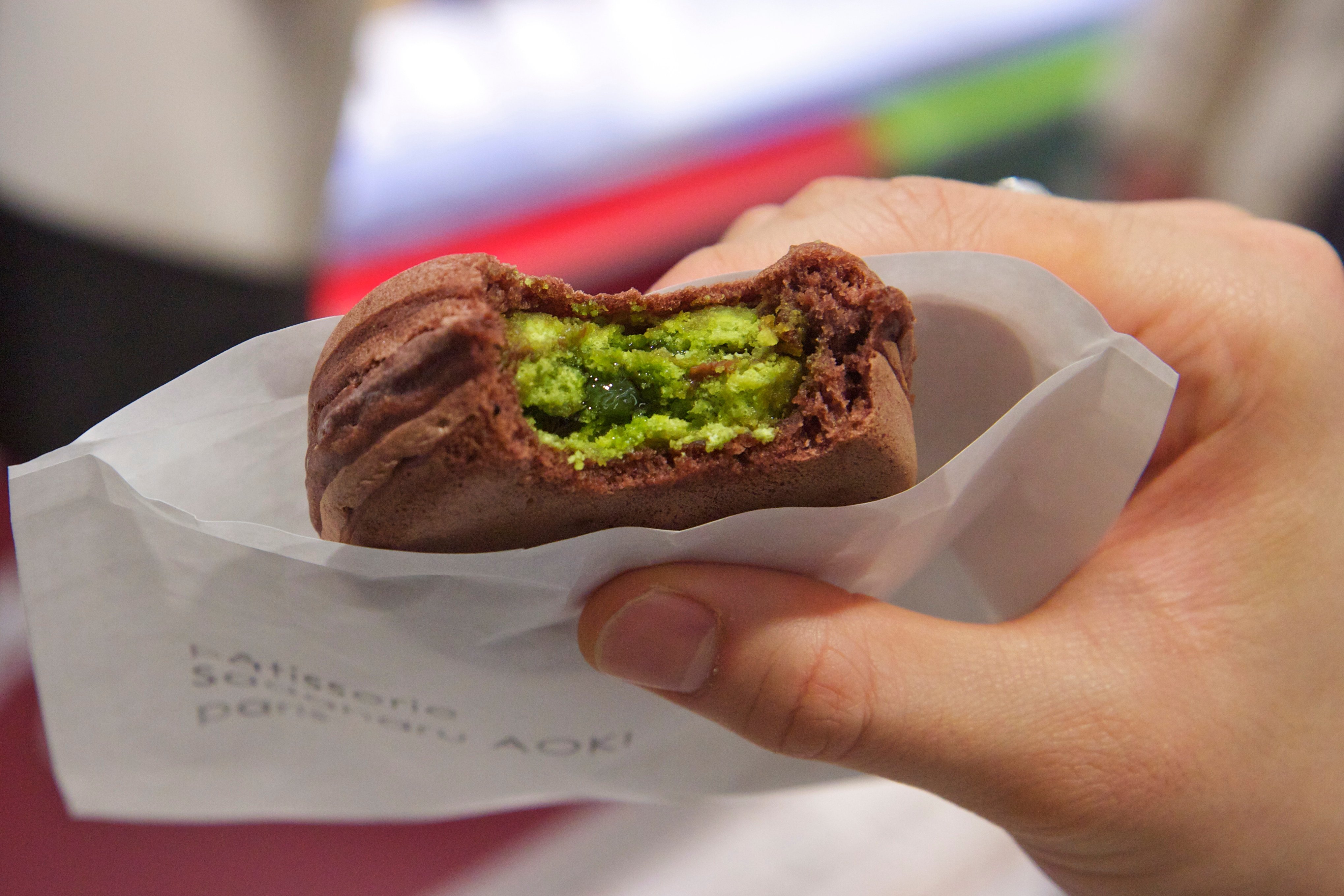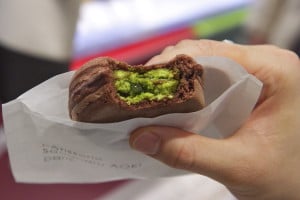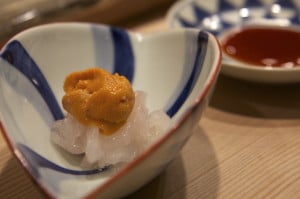Now, one would think that being in such a culinary wonderland would have done my anti-gluttony pledge no favours, but I actually managed to steer clear of any regurgitatory misadventures. That is not to say, though, that any respectful amount of self-restraint was responsible for this alimentary peace. Many an evening was, I am ashamed to admit, spent pre-gaming dinner with… more dinner.
You see, growing up in Singapore, I’d always been spoilt for choice when it came to mealtime. The relative inexpensiveness of food, coupled with a ridiculous plethora of options – always carb-laden! – at the food centre, meant that every afternoon was spent in a food coma, desperately trying to stay awake because my textbooks weren’t going to read themselves. And then, having come to the Land of the Free two years ago for university, I discovered that it was really the Land of the Free Soda Refills. Freshman 15 ballooned into Freshman 50, and I waddled out of the dining hall after every meal feeling like a Toulouse goose that had been force-fed buckets of corn through a tube. I put it down to the unholy marriage of homesickness for proper Asian cuisine and a basically limitless supply of dining hall fries.
Throughout my entire time in Tokyo, on the other hand, I never once felt anything more than just comfortably full. It was like a magic trick: scarf down a bento box overflowing with luscious food, and still feel game for another bowl of rice.
Having arrived far too late to justifiably eat anything more, my first meal was lunch the next day at renowned kaiseki establishment Tofu-ya Ukai. Kaiseki is a traditional Japanese multi-course meal analogous to Western haute cuisine, and this particular iteration focussed on tofu. Every dish featured some form of the soybean product, from the top-grade soy sauce hand-brewed in the central highlands of Japan accompanying three hefty slices of fatty tuna sashimi, to the pillowy cloud of beancurd simmered in a savory bath of soybean milk broth. Dining in the shadow of the Eiffel-esque Tokyo Tower, our meal was garnished with a breathtaking view of a traditional Japanese garden in the sprawling courtyard, gilded by the full flush of autumnal foliage (thank global warming!).
Later on, ambling through the urban maze of downtown Tokyo, I spied dozens of French patisseries that I had literally lost count. Encouraged by Japanese housewives’ insatiable bourgeois appetite for French desserts, the biggest names in the industry started setting up branches in the city at the turn of the millennium, and today the bustling shopping districts of Shibuya and Shinjuku are every bit as doucereux as the Rue de la Paix. From delightfully heady yuzu macarons at Pierre Hermé to the surprisingly complex glace Ispahan at Ladurée (rose soft-serve with crystallized rose petals, raspberry coulis and litchi chunks, anyone?), every dainty confection brought me time and again to ecstatic sugargasm.
Yet nothing stimulated my Glucose-spot quite like Sadaharu Aoki’s macaron yaki did. The famed Paris-trained patissier, renowned for combining the rich flavours of Japanese cuisine with the best of French pastry techniques, cleverly encased a single green tea macaron in the dorayaki – a palm-sized traditional Japanese pancake. The result? A warm, spongy disc of bittersweet matcha goodness that exploded with the crunchy-gooey nirvana that the macaron within had attained.
The gastronomic highlight of my time in Tokyo, however, was no elaborate three-hour-long kaiseki meal, and most certainly no Michelin-starred omakase affair. It was my last meal in the city: a paper boat of six scalding hot takoyaki, or octopus balls, wolfed down by the side of a noisy road in the middle of the Roppongi bar district. Perfect sustenance for a frigid late-December evening, it packed just the right combination of a crispy batter exterior, toothsome octopus chunks, Japanese mayonnaise, Worcestershire sauce, and a liberal sprinkle of umami -laden dried skipjack tuna flakes.
And then it finally hit me. This Japanese gastronomic sleight-of-hand – its mysterious ability to feed me truckloads of food without making me sick – is built upon Just the Right Combination. The incredible level of thoughtfulness in the preparation, delivery, and consumption of Japanese cuisine creates the perfect meal; every sliver of pickled ginger to aid digestion, every lid to contain the intoxicating perfume of asari clam miso soup, every recommendation for a walk through the courtyard after a lengthy meal to view the stone garden, is a carefully-designed flourish to balance and enhance one’s appreciation of the food. That is nothing short of an art form – one that few other cultures have even begun to consider.
So yes, America: maybe it’s time you considered including a full body detox regime to go with that Big Mac.
Contact Renjie Wong at [email protected].


